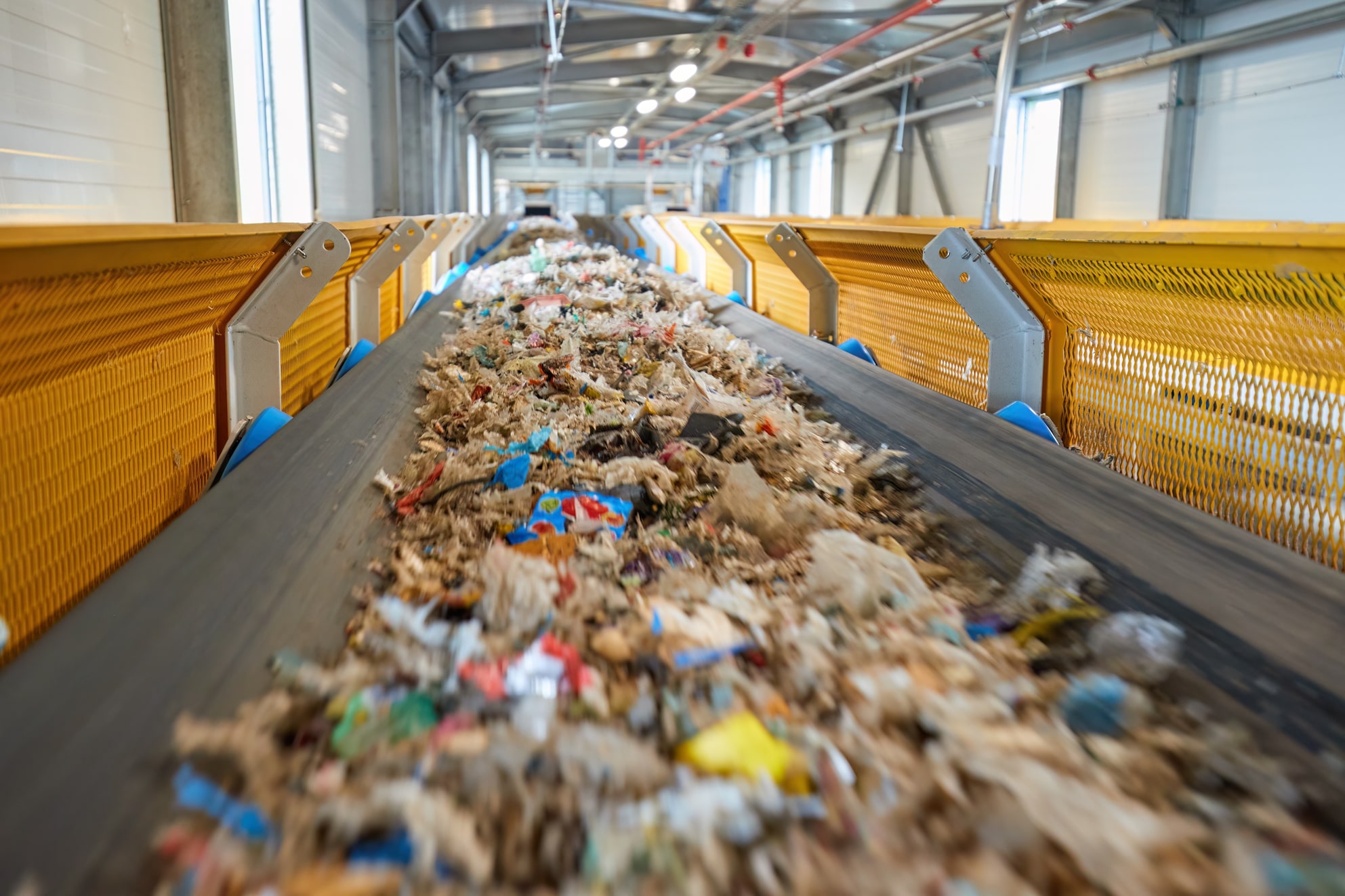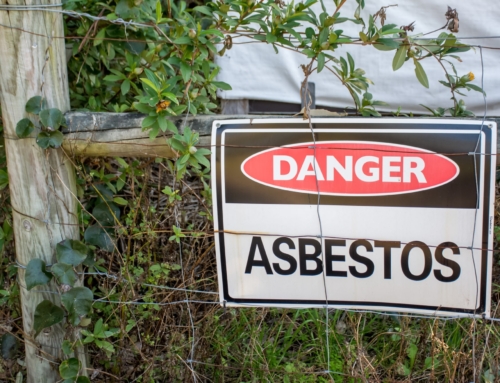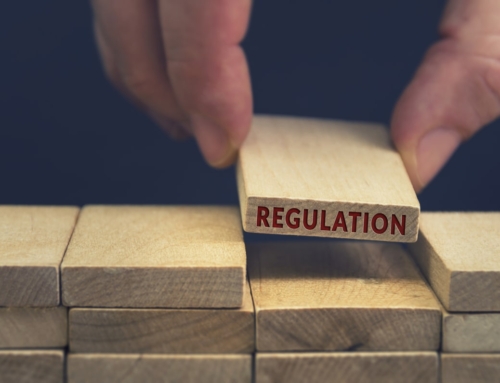While asbestos-containing materials (ACMs) were once widely used, once the dangers became known, it was banned in the UK. However, any building built before 2000 may still have ACMs present. Many property owners want to get rid of it, but handling and disposing of asbestos isn’t a simple job. Professional support from a trained asbestos contractor is always required to guarantee your safety (and others in the building). This includes asbestos surveys before roofing work.
But once asbestos is removed, where is it taken? Here’s everything you need to know.

Why is asbestos dangerous?
Asbestos is often safe while in situ, but the dangers occur when the delicate fibres are disturbed. If they become airborne, their fine nature makes them easy to inhale into the lungs, often leading to severe health problems like asbestosis, lung cancer and mesothelioma.
The effects often take years to become apparent, so many people who have been exposed to asbestos live with the worry about what will happen in the future. Therefore, asbestos is classed as a hazardous material, with strict regulations for its handling, removal and disposal.
Should you remove asbestos yourself?
ACMs can be found in many places, such as property insulation, roofs, walls, pipes and ceilings. While it can be tempting to save time and money, removing asbestos yourself is never wise.
There are serious health risks associated with asbestos exposure, and it’s easy to disturb the fibres during the removal process. It’s also challenging to ensure all asbestos fibres are safely contained without the right training and equipment.
Professional asbestos contractors understand how to handle ACMs safely, using specialist procedures to minimise the risk of releasing fibres during the work. Attempting a DIY asbestos removal not only puts your own health at risk but also the safety of others.
Can you take asbestos to the local tip?
You must never put asbestos in with general waste or recycling. Once asbestos is safely removed and concealed by a licensed contractor, it should be taken to an approved waste transfer station. Never take the material yourself, even if a contractor has bagged it for you.
Details of participating recycling centres accepting asbestos waste can be found on local authority websites. Most will let you know which centres you can take asbestos to, and many will only accept small amounts.
How should you dispose of asbestos?
Firstly, asbestos removal and disposal should be managed by a trained professional, and the waste should be treated as hazardous. Any waste contaminated by asbestos should also be concealed and treated in the same manner. This includes clothing worn by contractors, samples and respiratory equipment which have come into contact with ACMs.
Professional contractors understand how to manage the removal and disposal process, securely containing and transporting asbestos for you. Strict conditions will be in place at waste facilities, such as the need for contaminated materials to be double-bagged in heavy-duty plastic and appropriately labelled.
The asbestos is then dealt with appropriately away from other waste so that the fibres are contained and won’t become a risk to public health or the environment.
Plan an asbestos removal now
Goodbye Asbestos operates across the Home Counties and London locations, including Liphook and Lewisham. For a free quote, get in touch.




